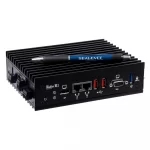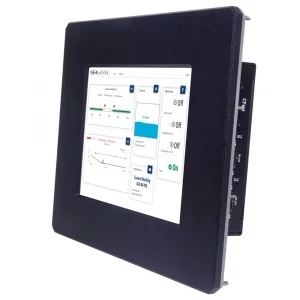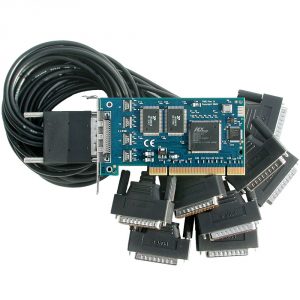Oil & Gas: The Trends and Products Impacting the Industry

As a foreign policy instrument, the oil and gas industry will always be a prominent topic. However, there are other influences – and products – at work in the oil and gas market.
Oil & Gas Technology Trends
Hydraulic fracturing, or fracking, heat tracing and fueling management are current trends that are impacting the oil & gas markets:
- Fracking
Hydraulic fracturing, or fracking, is a drilling technique for extracting natural gas from deep beneath the surface of the Earth that was once inaccessible. To access natural gas and crude oil deposits, fracking involves blasting fluid deep beneath the earth’s surface to split sedimentary rock formations. The fracturing fluids are then injected under high pressure to generate thin fractures in the targeted formation, widen and hold the fractures open, and allow natural gas to flow. The hydraulic fracturing process can take many days to complete and requires constant monitoring to ensure worker safety and environmental protection. - Heat Tracing
Heat tracing is an approach for keeping pipe or vessel temperatures constant. Heat loss might occur if the pipe is at a higher temperature than the surrounding environment. When the temperature falls below a specified level or the set point level, electricity is supplied to the vessel, causing it to heat up and raise the system temperature to the set point level. - Fueling Management
A fuel management system is a set of solutions that work together to secure, control, and monitor fuel reserves, while also monitoring supply and consumption. It can range from a driver checking a fuel gauge to determine when to refuel to fleet-wide real-time fuel analytics.
Sealevel Products at Work in Oil & Gas
Rugged Computing in Fracking

A leader in oil & gas, specifically fracking, contracted Sealevel for a computing solution that would suit their requirements, which were more demanding than MIL-STD-810. Previous solutions could not reliably withstand the intense shock, high vibration and extreme temperatures associated with fracking. After modeling the environmental conditions, the Sealevel engineering team utilized strategic circuit placement, intentional component placement, and heat dissipation techniques to design a rugged computer that met – and exceeded – the requirements. The customer told Sealevel that “the Relio R1 was the only unit tested that passed all tests without any failures.”
CID2 Touch Panel PCs for Heat Tracing

Sealevel partners with a global provider of heat tracing solutions. Their systems have the potential for exposure to flammable liquids, and gases, as well as environments conducive to explosions. As such, they required a touchscreen computing solution that was not only impervious to fires, chemical and solvents, but a computer that also has a Class I, Division 2 (CID2) certification. Our HazPAC 10 Rugged Panel PC, ideal for a wide range of control and HMI applications, meets the customer’s requirements and carries the certifications required for reliable, and safe, operation.
Fuel Management Systems for Commercial Applications

A leading designer and manufacturer of commercial fuel management systems for unattended commercial fueling stations reached out to Sealevel for an I/O solution to meet their data-intensive application. Their system provides tank inventory levels, alerts, pump controls and payment processing. After evaluating their requirements, we specified the 7803 Low Profile PCI serial interface, with eight RS-232 serial ports and data speeds up to 460.8K bps. For optimal compatibility with a wide range of peripherals, each RS-232 port implements all modem control signals.
As the oil & gas industry continues to evolve, responding to policy, consumer demands and environmental factors, so will the trends and supporting hardware and software. We foresee a continued demand for specialized, certified solutions as well as a growing need for highly reliable, I/O-dense computers and adapters.
Categories:
